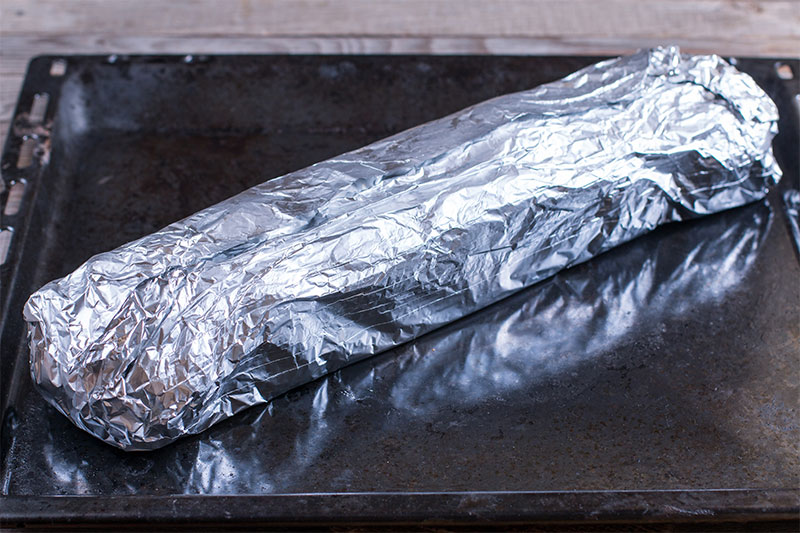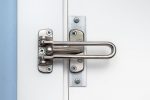You can use aluminum foil for various things in the kitchen and beyond, from tenting over casseroles to cleaning grill grates. There are, however, some limitations to it.
A few aluminum foil uses are not recommended because they are ineffective or dangerous. Make sure you don’t commit any of these aluminum foil mistakes if you want to use this versatile kitchen wrap.

Never Use Aluminum Foil To Bake Cookies
For baking cookies, parchment paper is better than aluminum foil. Any part of the dough that comes directly with aluminum foil will be exposed to much higher temperatures than the rest because aluminum is highly conductive. As a result, the bottom of the cookie will be over-browned or even burnt, while the top will be undercooked.
Never Put It Into The Microwave
While it should go without saying, a little reminder never hurts: Aluminum foil should never be microwaved due to microwave reflection, which can lead to uneven cooking and damage to the oven (including sparks, flames, or even fire). Therefore, you do not want to put foil in the microwave at all costs.
Never Use Aluminum Foil To Line Your Oven’s Bottom
To avoid significant oven cleanups, you might think it’s a good idea to line the bottom of your oven with aluminum foil. Still, Reynolds suggests otherwise: “You should not use aluminum foil to line the bottom of your oven to avoid possible heat damage.”
It would be best to place the foil on an oven rack below whatever you are baking, not on the oven floor, to catch spills (keep the sheet a few inches larger than the baking dish to allow for proper circulation of heat). Alternatively, keep a sheet of foil on the lowest rack of your oven at all times, replacing it as necessary so that spills are always protected against disposal.
Don’t Store Leftovers In It
Keeping leftovers in the fridge for three to four days is fine, but aluminum foil isn’t ideal. There will always be some air leakage through the foil, no matter how tightly you wrap it. Bacteria can grow faster as a result. Food storage bags or airtight containers are better for storing leftovers.
Don’t Throw It Away After Using It Once
It is undoubtedly possible to reuse the foil. For example, aluminum foil can be washed by hand or in the top rack of the dishwasher if it’s not too crumpled or soiled. In addition, aluminum foil can be recycled when it’s time to retire it.
Don’t Use It For Baking Potatoes
Don’t wrap your potatoes in foil. In addition to trapping heat, aluminum foil also traps moisture. As a result, your potato will end up more soggy and steamed than baked and crisp.
According to the Idaho Potato Commission, you should not bake potatoes in aluminum foil. Additionally, botulinum bacteria can grow on baked potatoes stored in aluminum foil.
Remove the aluminum foil before storing your potatoes in the fridge, even if you bake them in aluminum.
Do Not Only Use The Shiny Side
It doesn’t matter which side of the aluminum foil you use unless it’s non-stick. According to Reynolds, you can place food on aluminum foil’s dull and shiny sides. One side comes in contact with highly polished steel rollers during the milling process, which explains the difference in appearance.
Now that you know what not to use aluminum foil for, you will want to ensure that you follow these rules, so you do not end up ill or with a burning house. There are still plenty of uses for the foil, so you do not want to get rid of it. It has its purpose, but you will want to share this with those you know and on your social media platforms to spread awareness.


